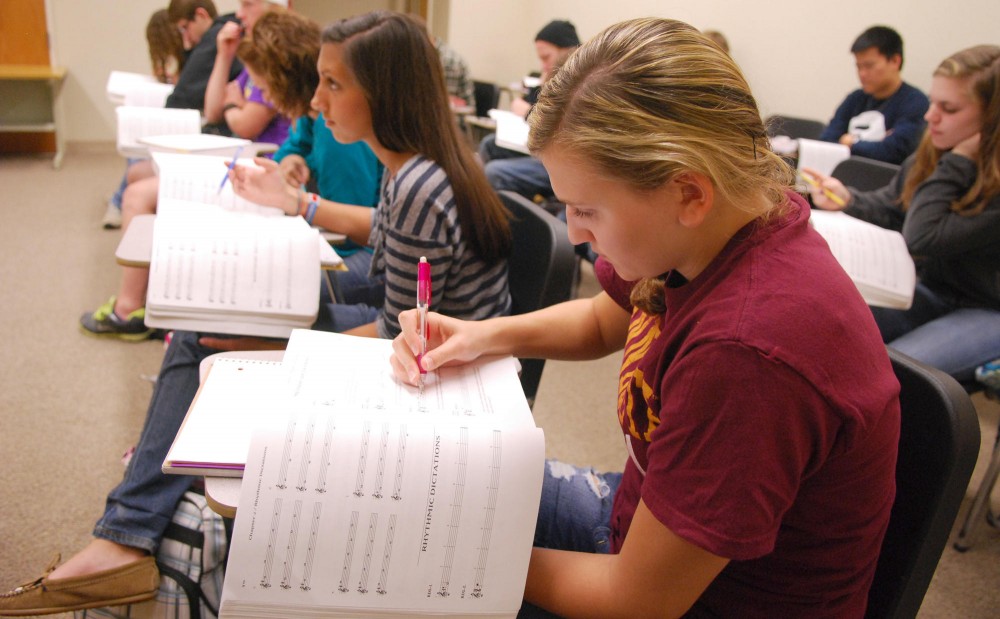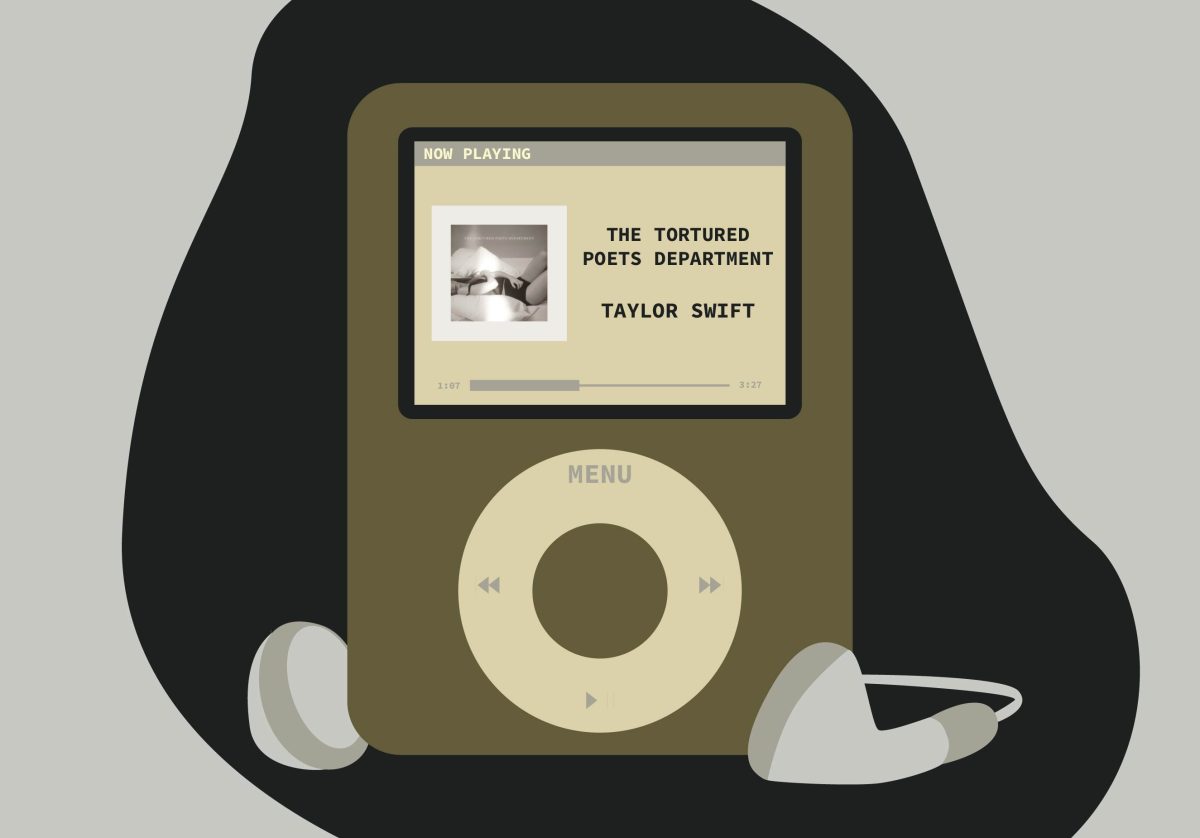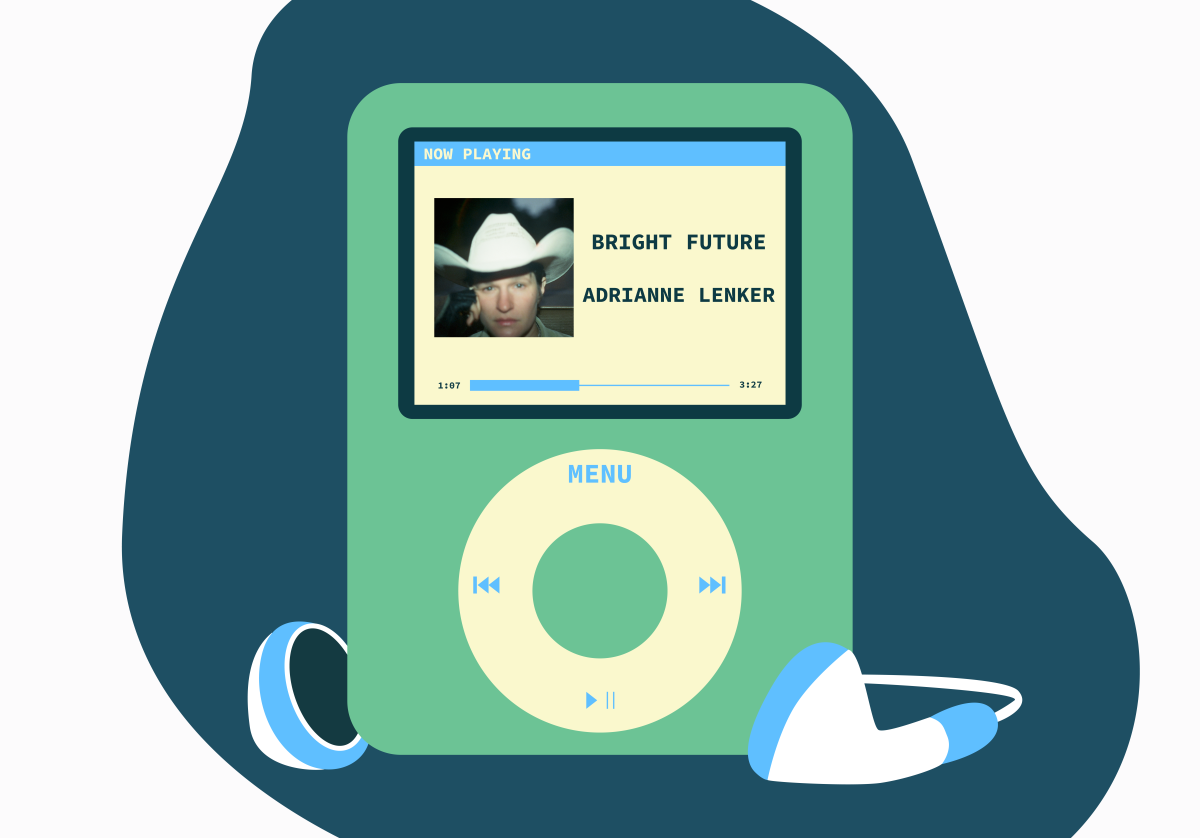Instructor Adam Zahller casually played a few chords on the piano to prompt the students before they suddenly came in with the melody.
âÄúOne, two, three, seven, five âĦâÄù the students sang in harmony, never having heard the song before, as Zahller played the corresponding notes on the piano.
For the students in MUS 1511 Ear-Training and Sight-Singing I, seeing a melody on paper and being able to sing without first hearing it is a daunting but common task.
In order for students to succeed in the University of MinnesotaâÄôs music program, they must first learn to ear train and sight-sing. ItâÄôs the main focus in MUS 1511.
Sight-singing âÄî a vocal version of sight-reading âÄî describes the act of singing the notes on paper without first hearing the melody. Ear training teaches students to write down the notes they hear.
âÄúIf I play a chord [on the piano] they have to identify what the chord is,âÄù Zahller said.
If that isnâÄôt difficult enough, sight-singing throws even more elements into the mix. Students are required to sing the note in the correct pitch, keep the correct tempo and sing the number that corresponds to the note.
According to music minor Tyler Croat, itâÄôs really complicated.
âÄúEverything is silent and then you have to try and match these pitches. It can be really daunting,âÄù Croat said. âÄúItâÄôs kind of mind-blowing to me that some people are so good at it.âÄù
Students who take MUS 1511 also take the music theory counterpart, MUS 1501 Theory and Analysis of Tonal Music I , which covers beginning concepts of music theory.
Afterward, students can progress onto more advanced levels of music theory as well as ear-training and sight-singing classes, depending on their area of focus.
DoâÄôs, ReâÄôs and MiâÄôs
For many students, these classes are a first step into music programs at the University.
âÄúAt this level, most students in my class are actually undeclared,âÄù said Steven Crane , another instructor. âÄúIâÄôm sure most of them will become music majors.âÄù
Students can go on to study performance, history, composition and even music therapy.
âÄúThis class is kind of where you sort out if you really want to study music or not.âÄù Zahller said. âÄúIt kind of weeds a lot of people out and takes people out of their comfort zone because you have to sing in front of people.âÄù
For Croat, however, singing in front of people wasnâÄôt one of his concerns.
âÄúIâÄôm confident enough in my singing,âÄù he said.
In fact, confidence seems to be one thing that some of the students in the class donâÄôt struggle with.
âÄúAll you need to know about this class is that Michael Anthony Rangel, future famous tenor, is in this class and heâÄôs an up and coming star,âÄù joked senior Michael Rangel .
That passion for music is important for students who plan on continuing in this program.
âÄú[MUS 1511] is of the most important courses that you have to go through,âÄù Zahller said. âÄúIf people realize the importance of [the course] and work at it, they will probably do well as a student in music.âÄù















